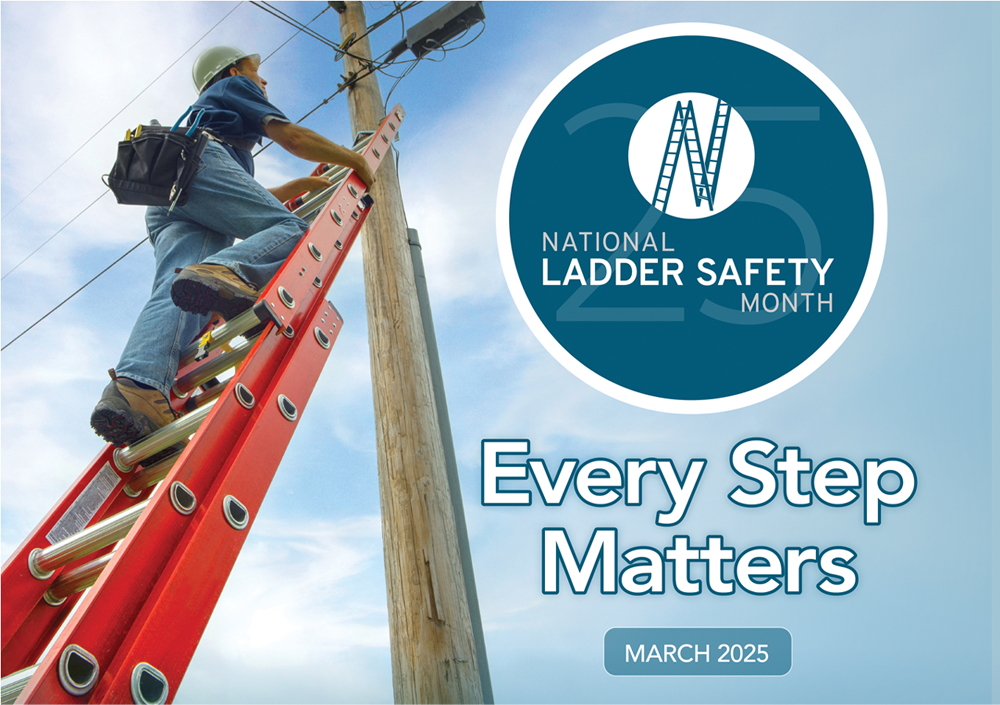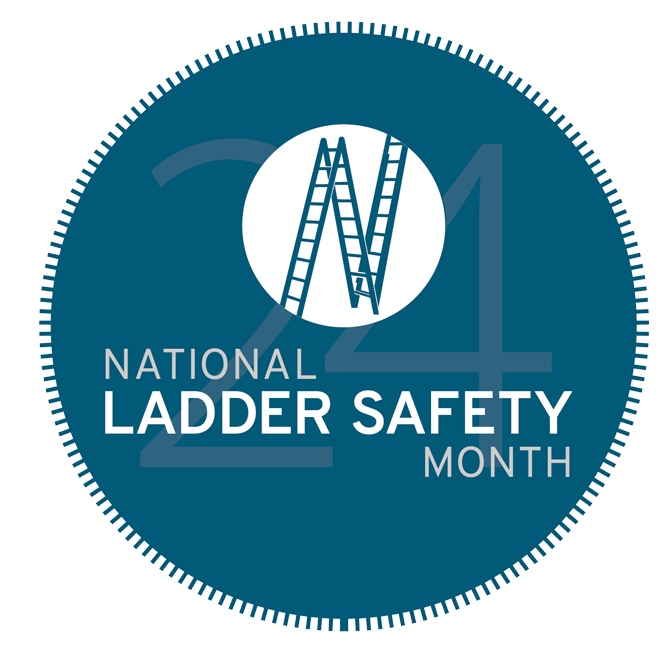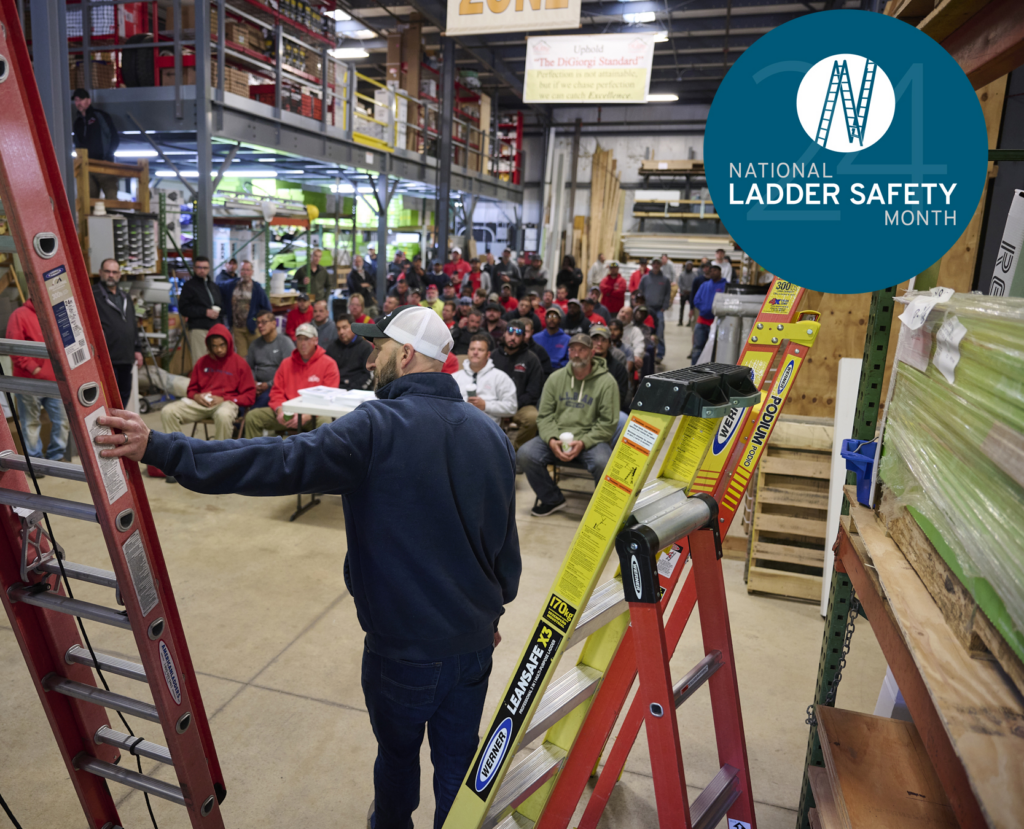Resources and training from American Ladder Institute help keep workers safe
The months leading up to March and National Ladder Safety Month are critical because the milestone month does more than amplify a safety message; it also celebrates message penetration and accident reduction. The American Ladder Institute (ALI), the only approved developer of safety standards for the U.S. ladder industry, is the presenting sponsor of National Ladder Safety Month. ALI believes ladder accidents are preventable with thorough safety planning, training, and continuous innovation in product design. Through its advocacy for and promotion of Ladder Safety Month, people, organizations, and businesses receive and, in turn, help spread the message. Most important, more people learn about proper ladder safety.
Each year’s National Ladder Safety Month has its own theme and focus areas for each week in the month. This year’s theme is Every Step Matters. Topics of weekly focus are:
- Week 1: Training and Awareness
- Week 2: Inspection and Maintenance
- Week 3: Stabilization, Setup, and Accessories
- Week 4: Safe Climbing and Positioning
The goals of National Ladder Safety Month are to raise awareness of ladder safety, decrease injuries and fatalities caused by ladder misuse, and increase the number of people certified in Ladder Safety Training.
There are so many resources available to help properly train all tradespeople on how to use a ladder safely and effectively. ALI itself maintains three separate websites loaded with valuable information. Of particular interest should be laddersafetytraining.org. As its URL makes clear, the site is ALI’s central hub for ladder safety training material of every type.
Individual users can register and deepen skills or brush up on safety. Managers and supervisors can customize curriculum for employees, create work groups, email training notices to their team members, and track who is taking their training – and how they’re doing on their tests.
Helping to motivate safety and the success of Ladder Safety Month are its sponsors. If you are interested in National Ladder Safety Month 2025 sponsorships, view our prospectus or contact ALI for more information.

About the American Ladder Institute
Founded in 1947, the American Ladder Institute (ALI) is a not-for-profit trade association dedicated to promoting safe ladder use through ladder safety resources, safety training, and the development of ANSI ladder safety standards. ALI also represents the common business interests of its members, who are comprised of the leading ladder and ladder component manufacturers in the United States and Canada. National Ladder Safety Month, observed each March and spearheaded by ALI, is the only program dedicated exclusively to promoting ladder safety, at home and at work. https://www.americanladderinstitute.org/.





